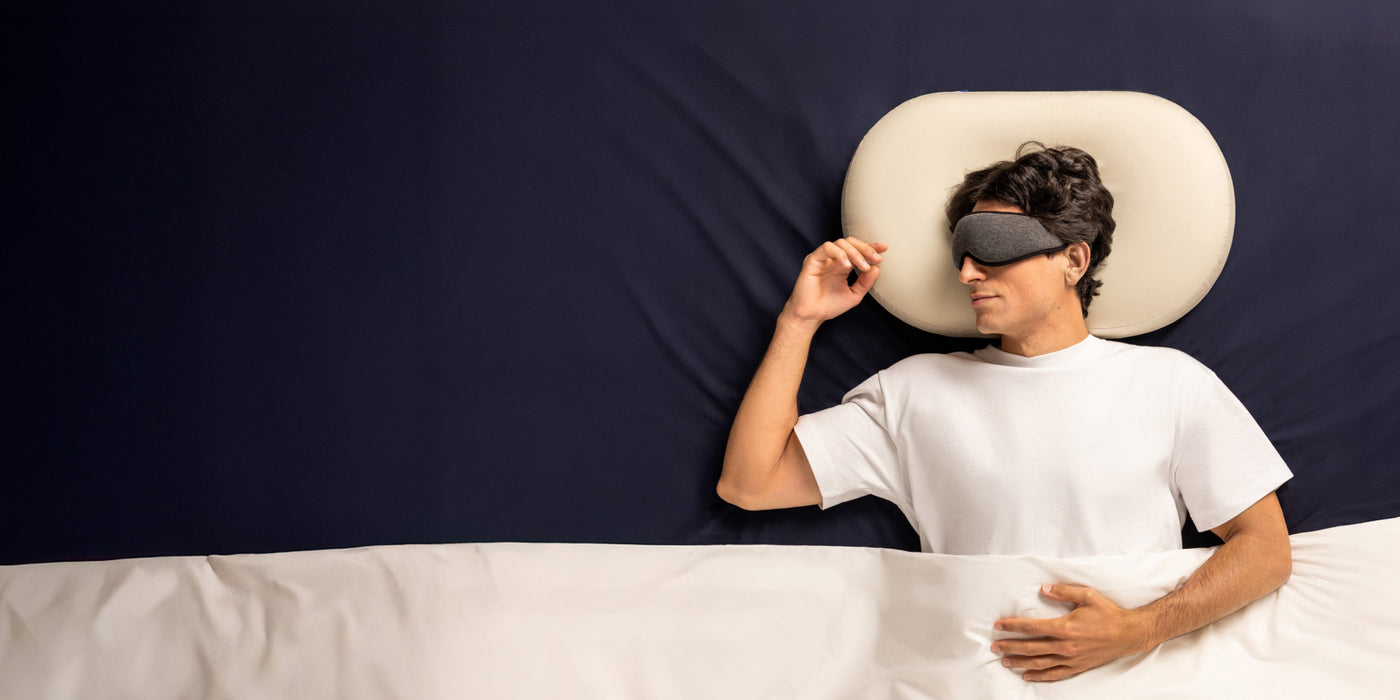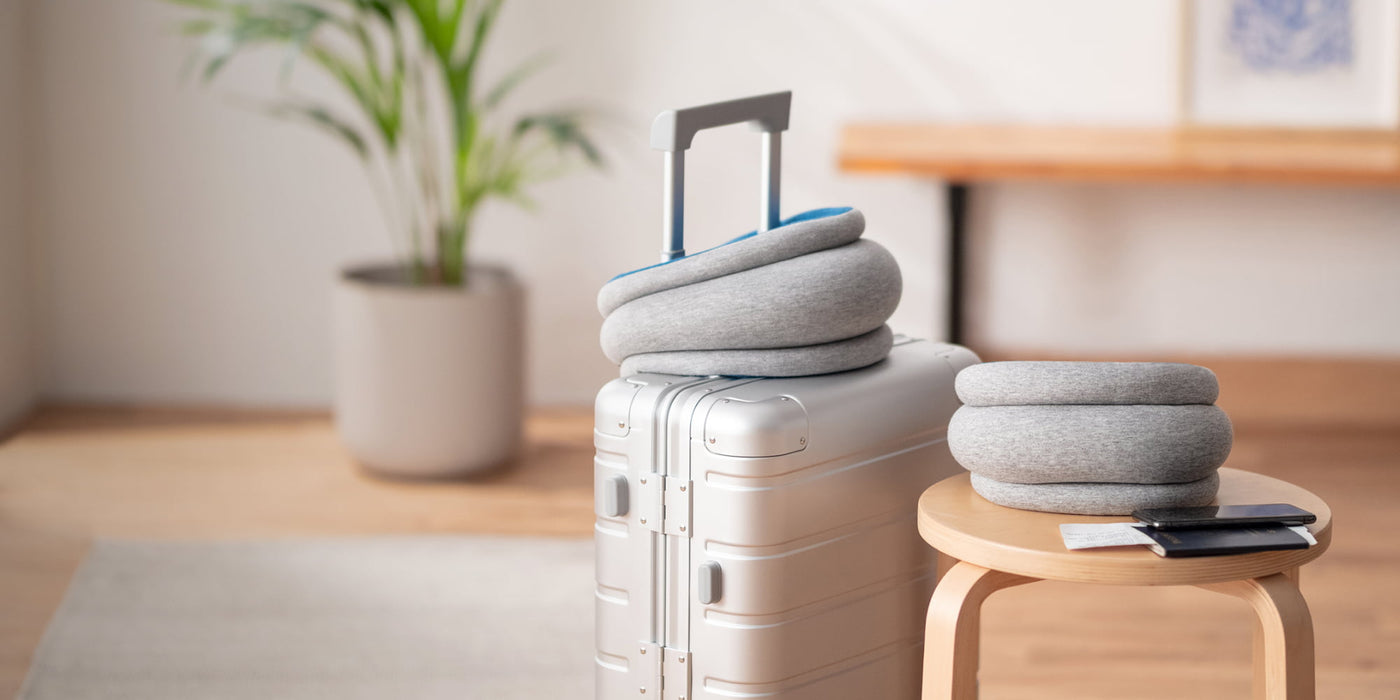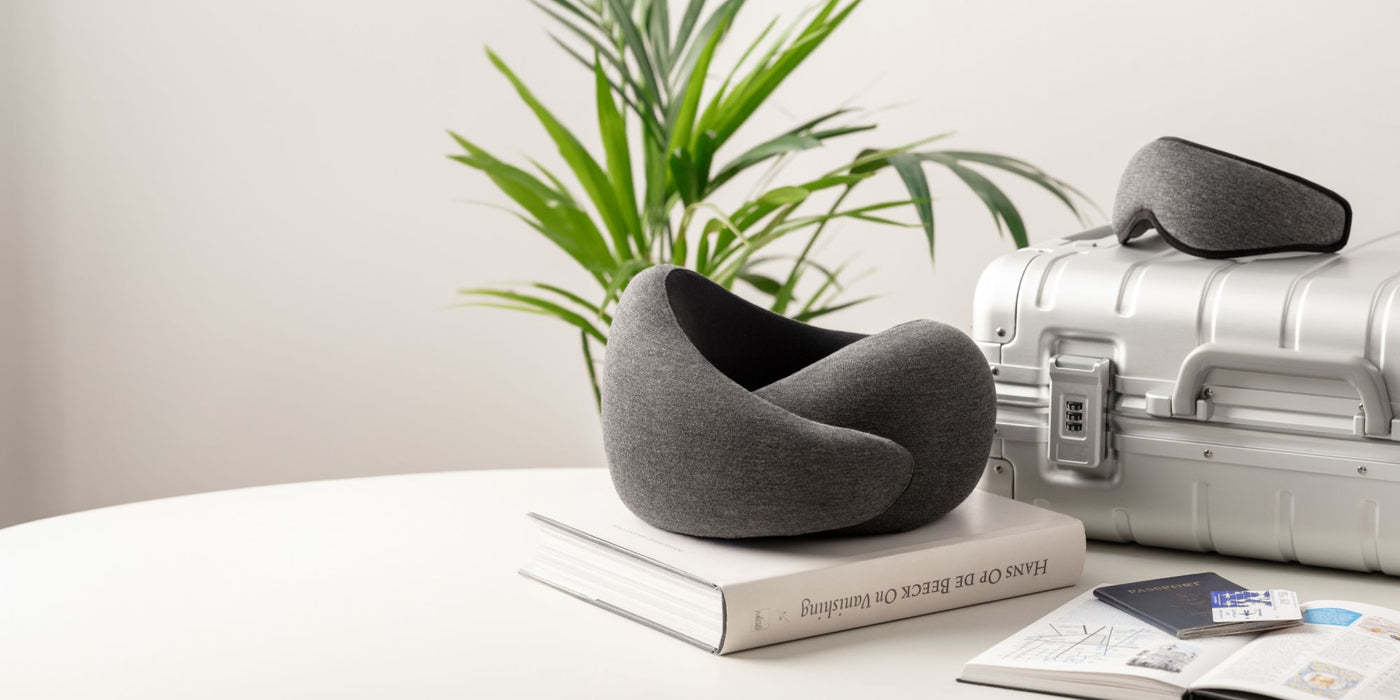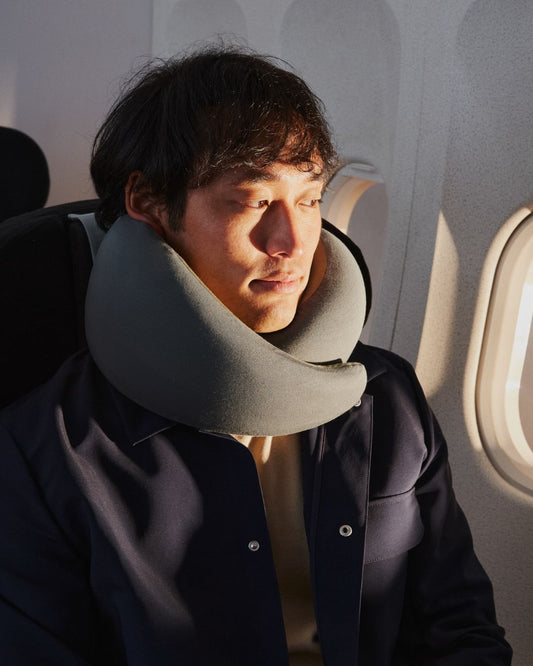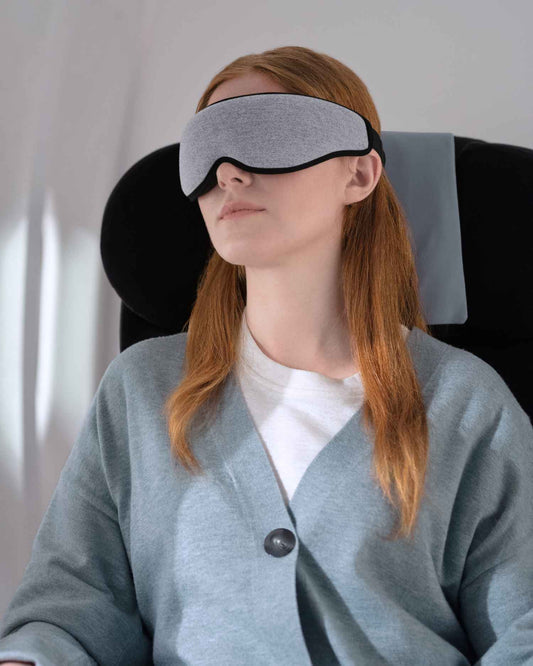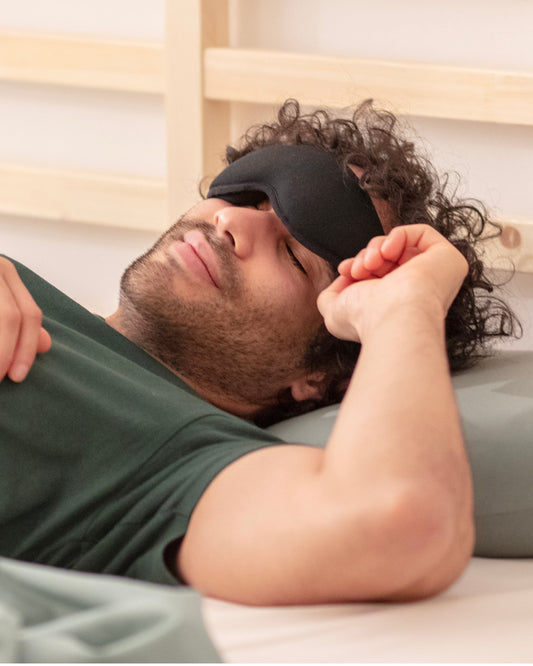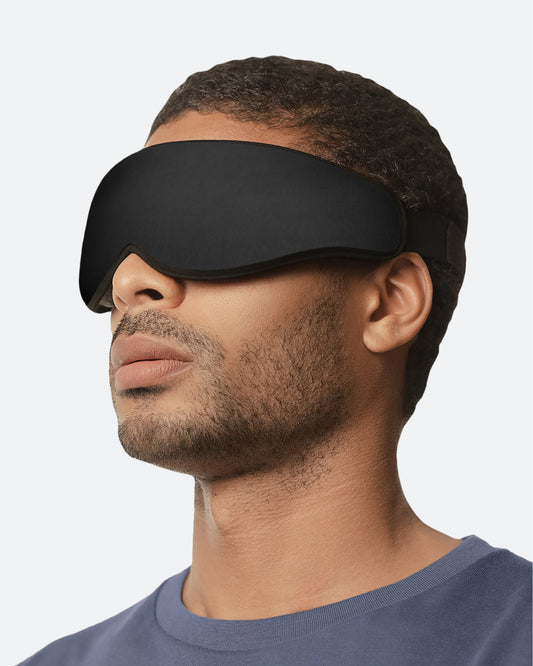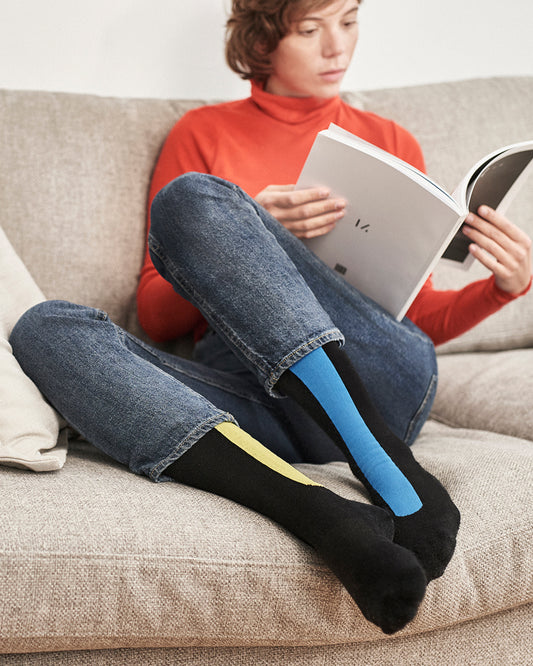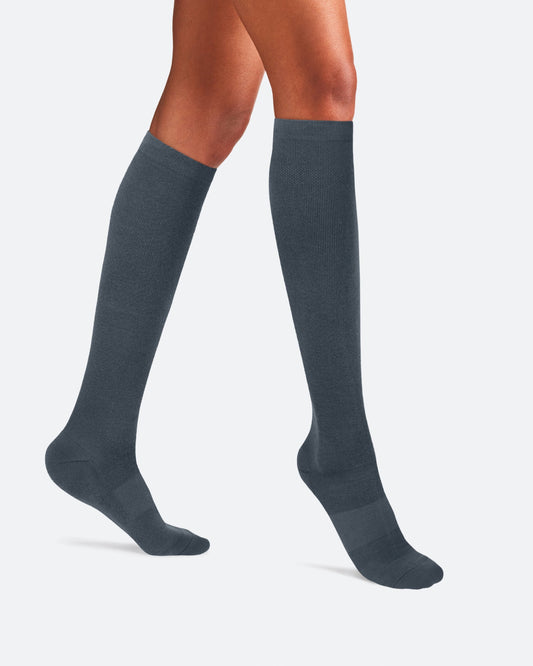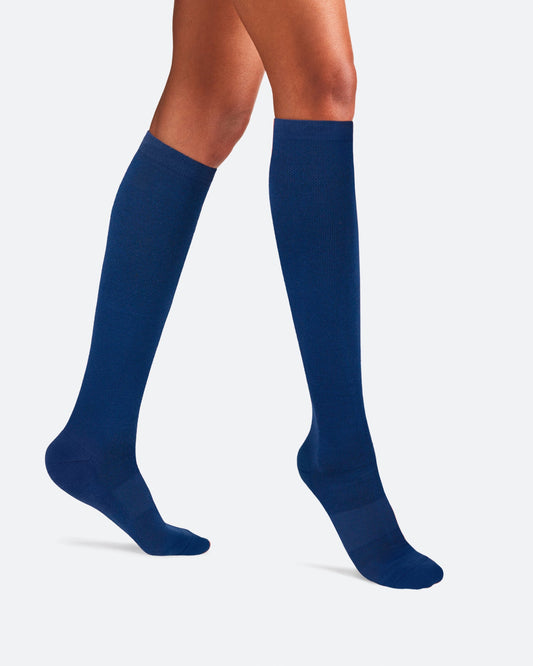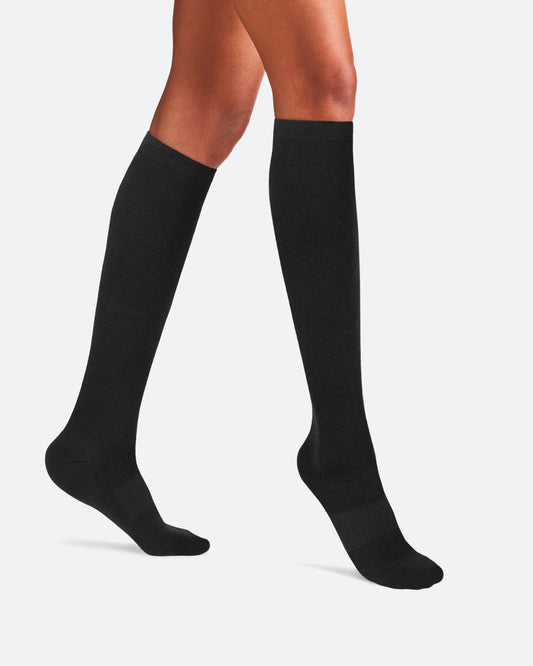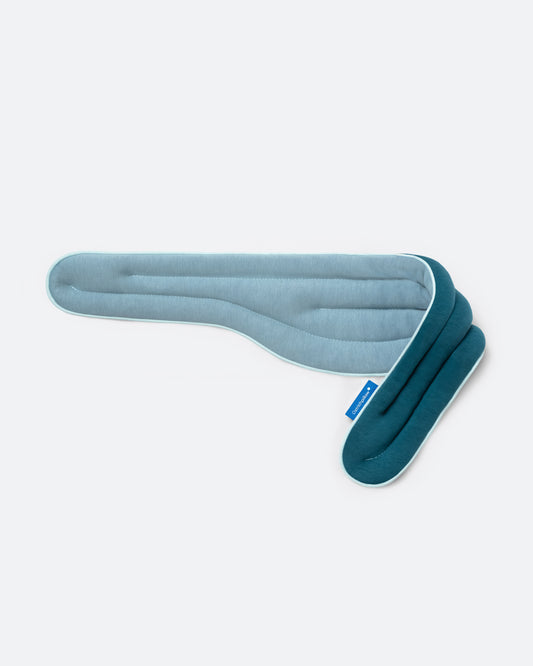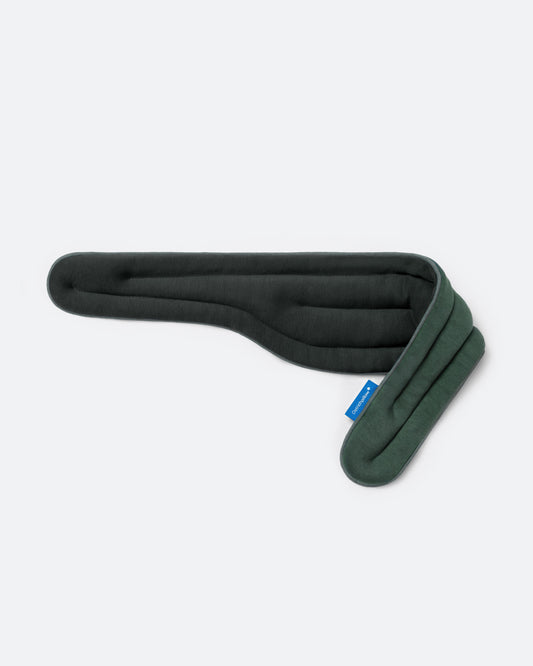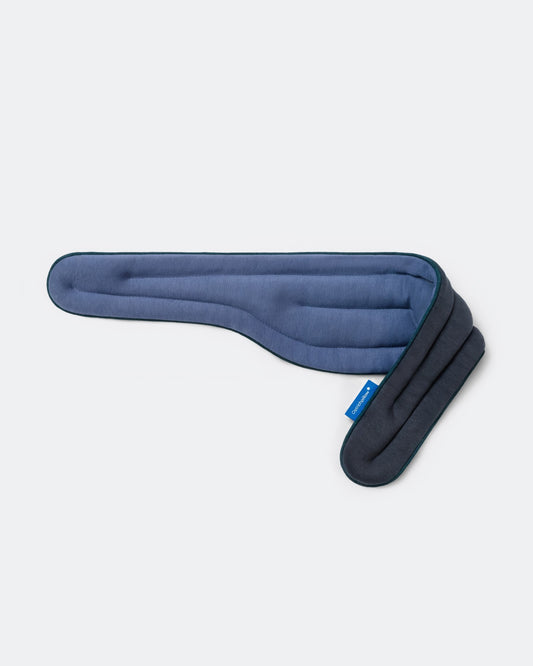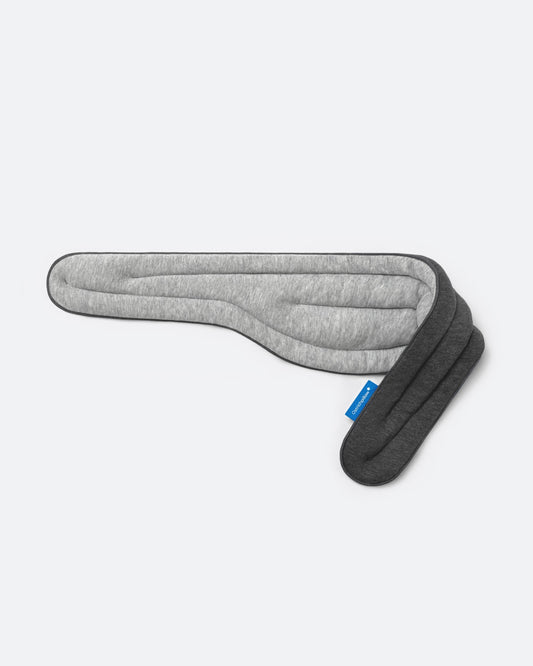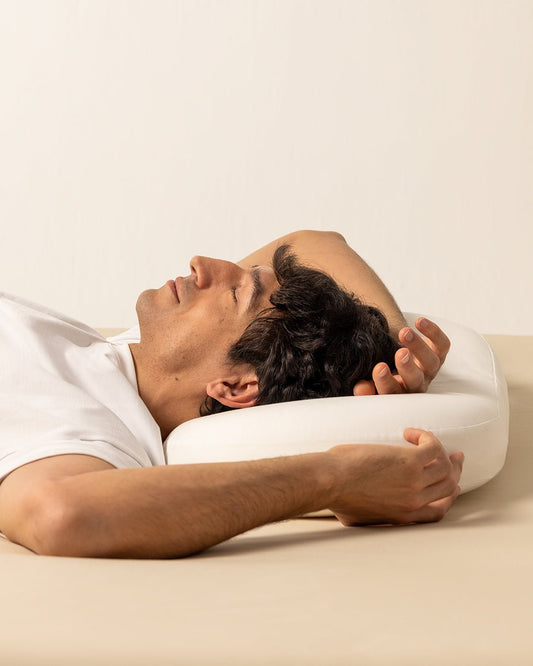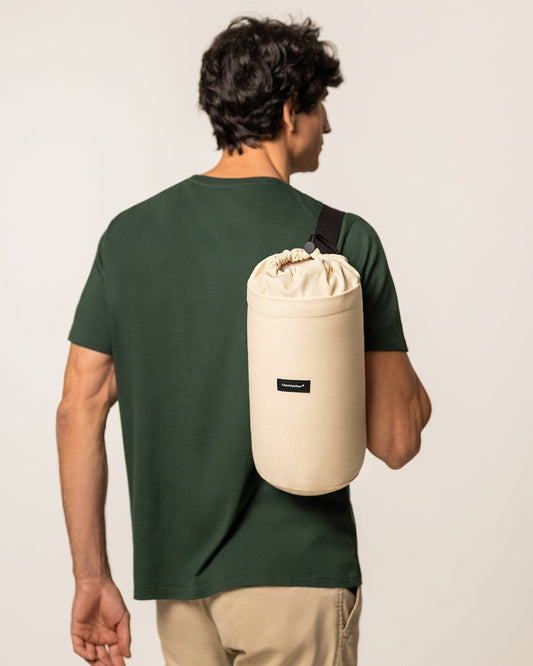Long flight ahead and you don’t know what to do to close your eyes and start dreaming? Here are some useful hacks for a good rest.
While there are some lucky people who pass out even before taking off, for most of us how to sleep on a plane sitting down is a difficult problem to solve. Uncomfortable seats, insufficient legroom, constant loud noise, next seat passenger wanting to go to the bathroom… Reaching your destination well rested is little more than a dream – or a nightmare. But it's not impossible. Based on our experience as frequent flyers, we've compiled some tips for your next flight – which you won't need if you're traveling first class.
Sleeping sitting up requires some planning
A good rest starts long before you get on the plane. Long before you even get to the airport. And while it's not a perfect science, there are many factors that we can be in control of that will make the experience of how to sleep on a plane sitting down substantially better.
Choose the appropriate seat
If you're going to sleep sitting down, is there anything more important than a good seat? All right, airplane seats are far from being as comfortable as your bed, but even if it doesn't look like it, inside the same aircraft there are places that are better than others for resting. Believe it or not, the best are the window seats.
First of all, because they are the only ones that have a surface to lean against so you don’t have to maintain the same upright position for hours. You won't get in the way of the rest of your fellow passengers either – although it will be harder for you to go to the bathroom, so do it before boarding. And finally, you'll have control over light exposure – remember to be considerate of the rest.
Contrary to what you might think, the seats in the exit row, although have more space, have so many drawbacks that can be discarded. Many of them cannot be reclined, the armrests cannot be raised and sometimes are reserved for families.
Anyway, as it usually happens, the internet has found a faster solution to this problem as well, and there are websites like SeatGuru that visually and quickly tell you which seat is best for your particular flight. You just have to be fast!
Pack your carry-on with some comfort essentials
Long flights usually mean large airplanes, and large airplanes usually mean more space for luggage. But that doesn't mean you have to turn your carry-on into a mobile version of your closet. Some essential items are enough.
When it comes to resting, a travel pillow should never be missing from your bag. A good option is OSTRICHPILLOW GO, since its memory foam core not only offers a perfectly customized fit, but compresses up to 60% of its size, making it easy to transport.
But there are other items that can make the resting moment more pleasurable and don't take up much space either, like good socks that keep your feet warm, a small microfiber blanket – or if it's winter, a big scarf can do the trick – or that comfortable T-shirt that makes you feel at home. Although it can't be considered essential, if your bag allows it, a pair of slippers are great travel companions: more comfortable than a pair of shoes and more aesthetic than going barefoot.
Sleeping on a plane pillow? Try these positions
The plane has already taken off, the dinner (chicken or pasta?) has already been served and the lights are dimming. The moment to sleep has arrived and you have everything in place, your head resting on the travel pillow leaning against the window. Is that enough to fall asleep? Unfortunately not. Our body is not used to rest in such a forced position and in such a small space, so we have to help it.
First of all, it is convenient to recline the seat – without disturbing the passenger behind. A full tilt may be the best option for most people, but for taller people it's not recommended, as it can cause poor positioning of the lower back that can be uncomfortable.
Legs are the most forgotten part at bedtime, but on an airplane they are crucial. Spending so much time immobile can lead to a blood clot, according to the CDC. This is why it is important to keep your legs straight, with a slight bend on your knees. Crossing your legs is also not a good idea, as it creates twists between the upper and lower body that add stress to the lumbar area.
In any case, the most frequent position to avoid is to sleep leaning forward, as all the pressure goes towards the spinal discs, causing you to wake up with a strong neck pain.
As we have seen, knowing how to sleep on a plane is not an exact science, but we have more control over it than it may seem. All that's left is to hope for a friendly airplane's environment and you'll arrive at your destination rested and ready for whatever good comes your way.
Want to keep dreaming?
At Ostrichpillow we're all about travel, discovery, and the unexpected. Join our community of dreamers and you'll receive special offers and inspiration fresh to your inbox.
Photo by Suhyeon Choi on Unsplash
Photo by Stas Knop on Pexels














